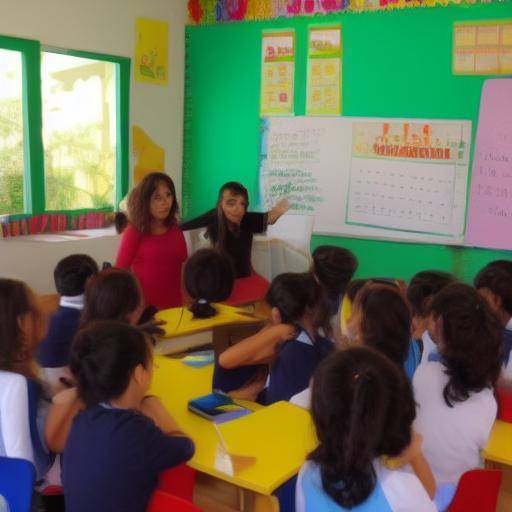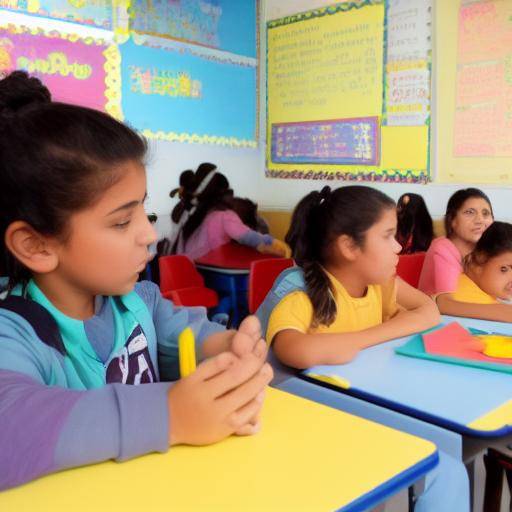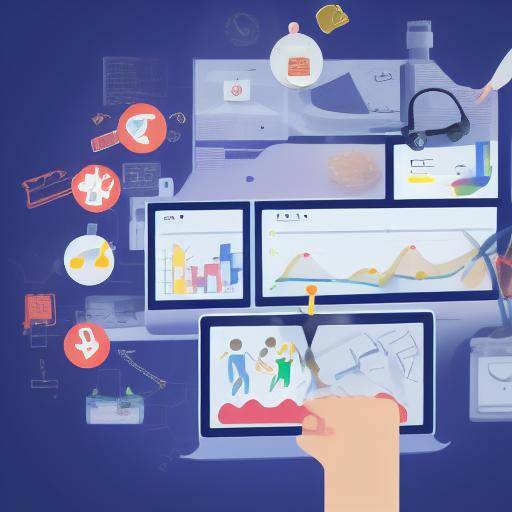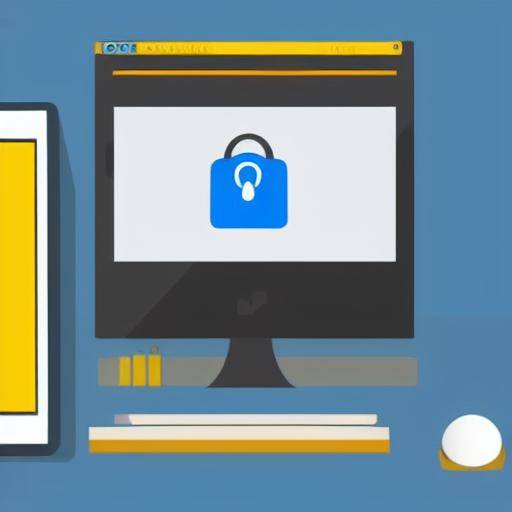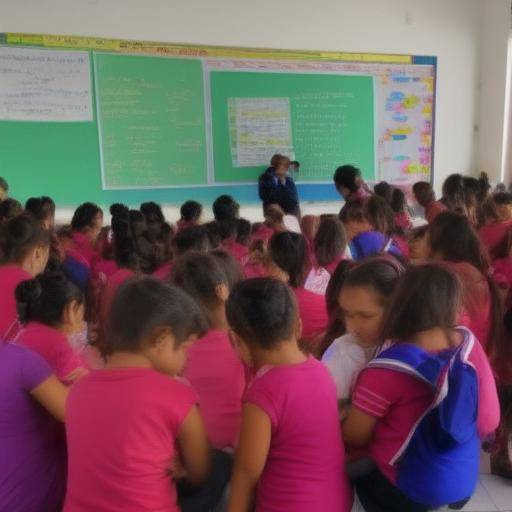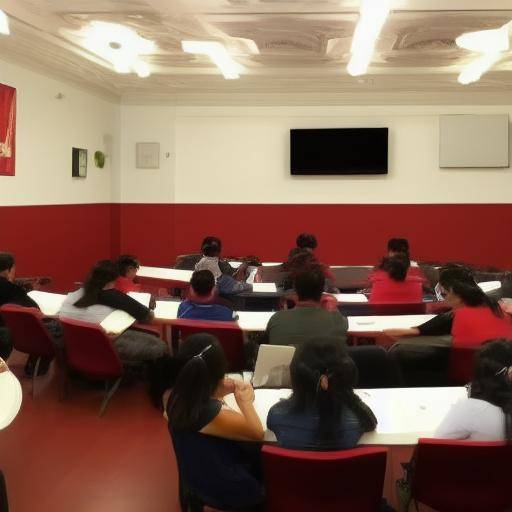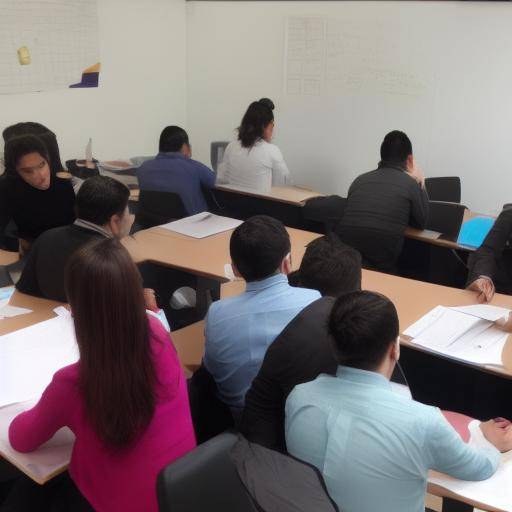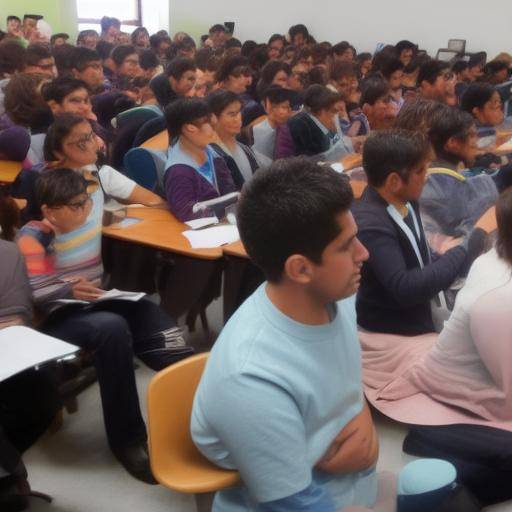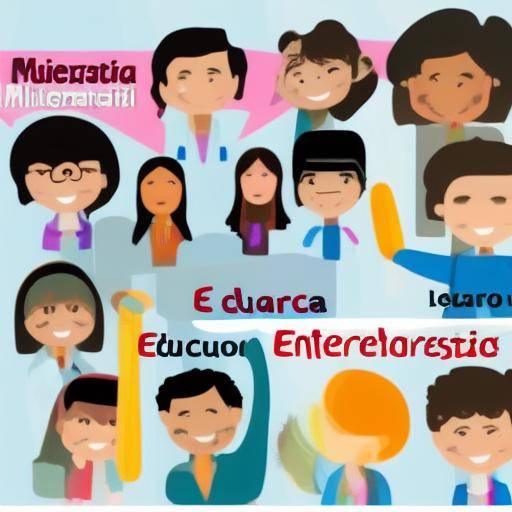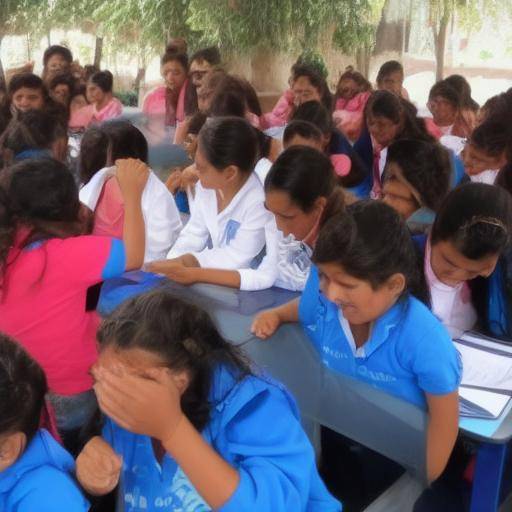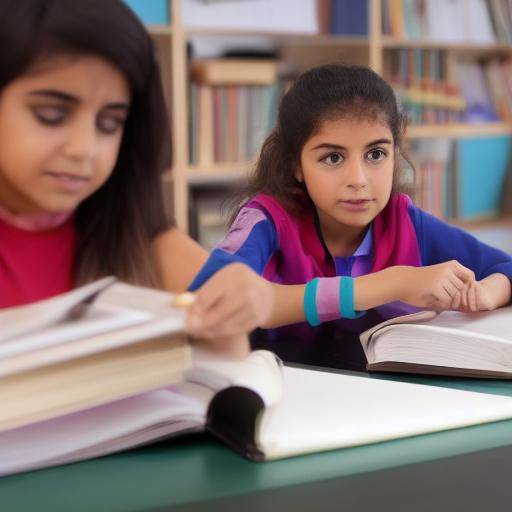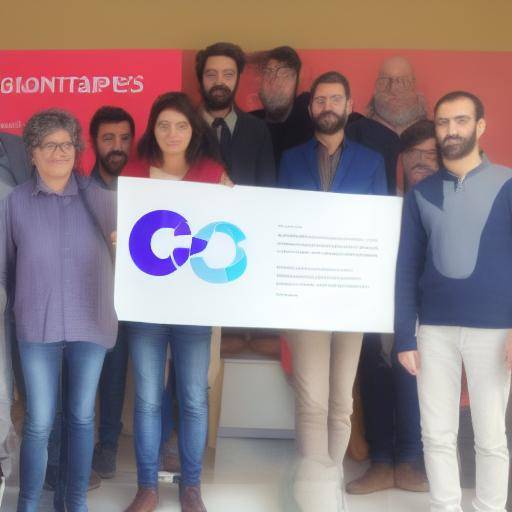
Access to education is a fundamental right for all people, and accessibility in the educational environment is a key aspect of ensuring that this right is met equally for all. In this article, we will explore key strategies to promote accessibility in the educational environment, from its historical background to future trends and predictions. We will also address how these strategies are being implemented today, as well as their impact on inclusive and equitable education.
Introduction
The concept of accessibility in the educational environment refers to the elimination of physical, cognitive and technological barriers that may hinder access to education for certain groups of people. Ensuring accessibility is not only a matter of equal opportunities, but also enriches the educational experience for the entire community.
In this article, we will thoroughly explore strategies to promote accessibility in the educational environment, addressing its importance, historical background, current challenges, best practices, future trends and their impact on society.
History and Background
Origins and Evolution of Accessibility in Education
The history of accessibility in education has deep roots in the struggle for equity and inclusion. From the pioneer civil rights movements to international laws and treaties, there has been significant progress in promoting accessibility in the educational environment.
- Legal Legislation and Progress: Since the enactment of laws such as the Persons with Disabilities Act to the inclusion of inclusive practices in educational policies, the legal framework has played a crucial role in promoting accessibility in education.
- Technological advances: The development of accessible aid technologies and educational means has transformed the way in which people with disabilities can participate fully in educational settings.
Current Benefits and Challenges
Accessibility in the educational environment has multiple benefits, such as the promotion of diversity, respect for human dignity and the promotion of more inclusive societies. However, challenges persist, from lack of awareness of the importance of accessibility to insufficient resources for effective implementation.
- Impact on Inclusive Education: The implementation of accessibility strategies has a direct impact on the promotion of inclusive education, allowing all students, regardless of their abilities, to participate actively in the educational process.
- Technological and Digital Challenges: With the growing use of technology in educational environments, there is a need to ensure that these tools are accessible to all, which poses challenges and opportunities in the digital sphere.
Analysis in Deep
Current Trends and Futures
The field of accessibility in the educational environment is undergoing continuous transformations, driven by technological advances, changes in legislation and growing awareness of the importance of diversity and inclusion.
- Multisensory approaches: Strategies that involve the use of multiple senses for learning are gaining ground, offering new possibilities of accessible education.
- Innovation in Assistance Technologies: From mobile applications to aid devices, technological innovation is expanding opportunities for accessibility in the educational environment.
Comprehensive review
Practices and Best Practices
The implementation of effective strategies for accessibility in the educational environment requires a comprehensive approach that addresses the needs of all students. Best practices in this area range from the universal design of educational spaces to the adaptation of materials and the training of teachers.
- Universal Design of Aprendize: The implementation of effective strategies for accessibility in the educational environment requires a comprehensive approach that addresses the needs of all students. Best practices in this area range from the universal design of educational spaces to the adaptation of materials and the training of teachers.
- Universal Learning Design: The adoption of universal design practices ensures that educational environments are accessible to all, regardless of their capabilities.
- Adaptation of Materials and Resources: It is essential to adapt educational materials, from textbooks to digital resources, to ensure that they are accessible to all students.
Perspectives of Future Experts and Trends
To fully understand the impact of accessibility strategies on the educational environment, it is crucial to analyse the perspectives of experts and future trends that are shaping the educational landscape.
- Opinions of Experts: Through interviews with experts in the field of accessibility, you can get a detailed overview of the effectiveness of current strategies and opportunities for future improvements.
- Future Trends: Projections on the future of accessible education provide valuable information on areas that require attention and innovations that will transform accessibility into the educational environment.
Conclusions
In short, strategies to promote accessibility in the educational environment are critical to ensuring that all individuals have equal opportunities for access to education. Throughout this article, we have explored historical evolution, current challenges, best practices and future trends in the area of accessibility in the educational environment. As we move towards a more inclusive and equitable future, it is crucial to continue to seek and implement effective strategies to ensure that education is accessible to all.
Frequently asked questions
1. What is accessibility in the educational environment?
Accessibility in the educational environment refers to the elimination of physical, cognitive and technological barriers that can hinder access to education for certain groups of people. This includes the adaptation of physical spaces, educational materials and technologies to ensure that all students have equal opportunities in the educational process.
2. What are the benefits of promoting accessibility in the educational environment?
Promoting accessibility in the educational environment entails a number of benefits, such as promoting diversity and inclusion, respecting the dignity of all individuals, and preparing students to live in more equitable and accessible societies.
3. What are the main challenges in implementing accessibility strategies in the educational environment?
Some of the main challenges include lack of awareness of the importance of accessibility, insufficient resources for effective implementation, and the need to adapt educational technologies to ensure their accessibility.
4. What role does technology play in promoting accessibility in the educational environment?
Technology plays a crucial role in providing assistance tools, accessible educational resources and adaptive learning platforms that facilitate the participation of all students in the educational process.
5. What are some effective strategies to ensure accessibility in the educational environment?
Some effective strategies include the universal design of learning, the adaptation of materials and resources, teacher training in inclusive practices, and the integration of accessible technologies in educational settings.
6. What are future trends in the field of accessibility in the educational environment?
Future trends include multi-sensory approaches to learning, innovation in aid technologies, the development of inclusive educational practices, and the continued evolution of legislation that promotes accessibility.
Conclusion:
In conclusion, accessibility in the educational environment is a crucial factor in ensuring equal opportunities for access to education. Throughout this article, we have explored the importance and historical evolution of accessibility in the educational environment, the current benefits and challenges, as well as effective strategies and future trends. It is essential to recognize that promoting accessibility in education not only involves removing barriers, but also enriches the educational experience for the entire community. By adopting effective strategies and fostering an inclusive educational culture, we are contributing to building a more equitable and accessible society for all.
With this in mind, this complete analysis of accessibility in the educational environment is expected to serve as a valuable guide for those seeking to understand, implement and promote accessibility in the educational field.
Remember, accessibility is a fundamental right for all people, and their promotion in the educational environment is a shared responsibility that brings great benefits to society as a whole.



